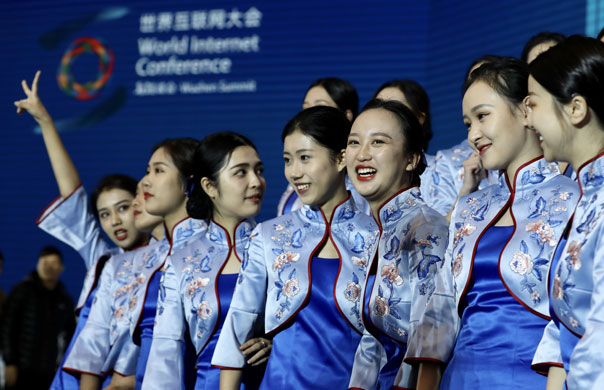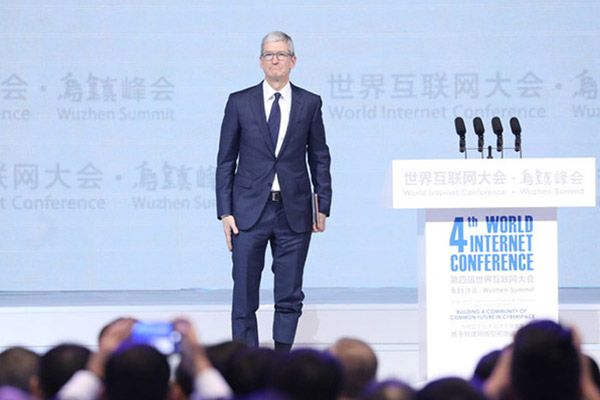Road to top is rough for domestics
Second, branding remains one of the major obstacles for Chinese car manufacturers.
According to the JD Power 2012 New Vehicle Intender Study, Chinese and foreign brands are miles apart in terms of the average score of brand favorability.
The only Chinese brand above the average was Roewe, which was supported by heavy investments from SAIC when the brand was initially launched. Chery, meanwhile, despite having an above-average brand awareness score, was among the brands that scored the lowest brand favorability.
This seems to be a repercussion of Chery's recent decision to withdraw from its multi-brand strategy, launched in 2009, which is now no longer seen as an efficient way to build brands with limited resources.
Third, the perception of a quality gap between Chinese and foreign brands has not changed much in recent years.
Chinese carmakers also still lag far behind foreign competitors in terms of R&D capabilities.
Each year, JD Power surveys thousands of new vehicle owners.
Results from its Initial Quality Study show that the score gap between Chinese and foreign brands consistently improved in the first decade of the 21st century, narrowing from 396 points in 2000 to 89 in 2010.
But the trend started to reverse in 2011 and 2012, with the average score gap widening to 98.
More competition
Without considerable improvements to branding and product quality, local brands will inevitably find it difficult to best their competitors.
Instead of competing with each other at the lower end of market, they are facing more direct competition from their foreign peers.
Since Chevrolet's new Sail was launched with a price as low as 60,000 yuan ($9,700), foreign brands have been making an effort to extend their product line downwards in the Chinese market.
Volkswagen has also launched the new Santana, the new Jetta and the Skoda Rapid, reshaping their product line with prices lowered to 80,000 yuan.
Moreover, a lower price positioning is believed to be part of the Volkswagen Group's new product plan in China.
With low-end market space being squeezed and given the growing tendency of consumers to "trade up", Chinese carmakers are also struggling to climb up the price class.
Aided by the popularity of certain body-types and a lack of direct competition from foreign peers, Chinese-brand SUVs posted strong sales, growing by nearly 50 percent year on year to 550,000 units in the first half of 2013.
Sales of midsize cars by local brands, however, increased only slightly, growing by 4 percent year on year to around 50,000 units in the same period, even with export volumes included.
Although this sector is expected to get a boost from government fleet purchases, winning the trust of private consumers is a different matter.

























